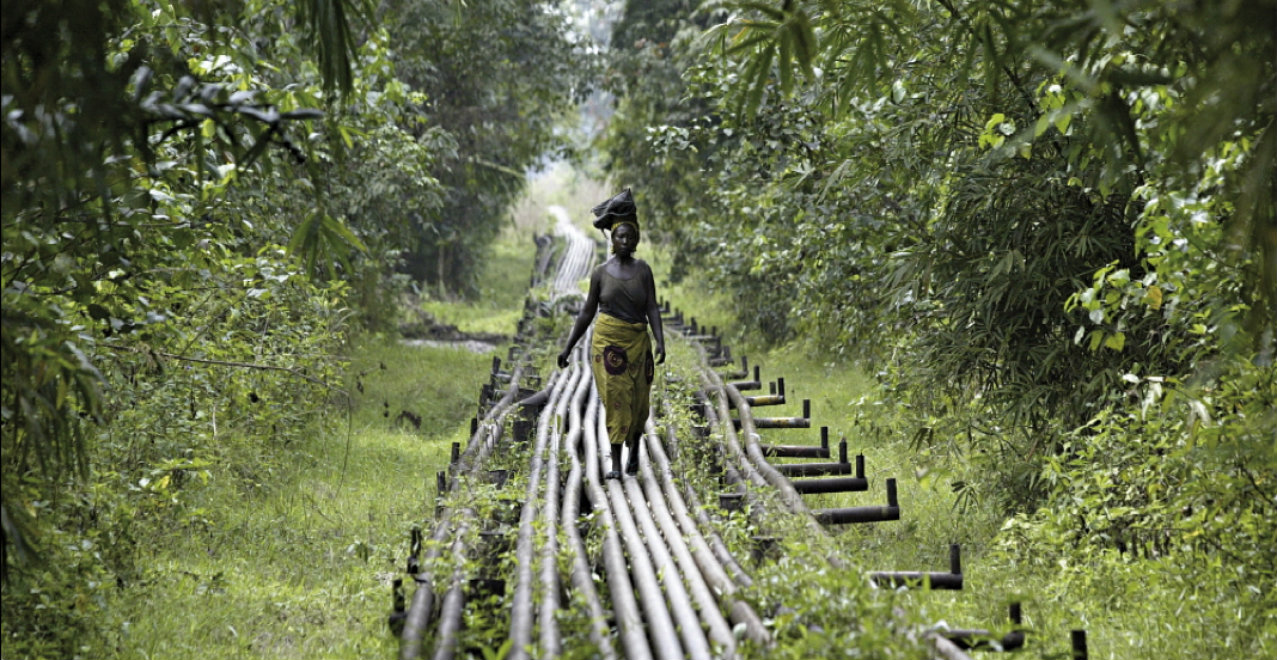Technology innovation that allows for rapid and repeatable collection of aerial image and sensor data, such as drones and micro-satellites, is rapidly opening opportunities for more systematic monitoring of environmental impacts of industrial operations. At the same time, measuring the social impact of industry operations on society in a similar fashion remains elusive. The rapid adoption of mobile around the world opens up exciting opportunities to change that.
The Data Challenge in Measuring Social Impact
Community perceptions around production sites matter because the costs of disruptions caused by social unrest are real. Managers in the extractive industries know this all too well: so-called “above ground” problems – issues related to stakeholder relations and environmental impacts – account for up to 75% of cost and schedule failures on major oil and gas projects, and the monetary impact of risk events related to social and environmental disruptions has substantially increased over the last ten years.
But the problem is not confined to energy mining, or to the private sector alone. Other industries that operate globally – garment and textiles, agribusiness or infrastructure development and construction – are increasingly looking for ways to better measure and manage social risks along their supply chains. Governments often lack adequate resources to monitor the social impact of high impact industries, which severely limits their ability to enforce regulations and prevent conflicts.
The problem with collecting social impact data at scale boils down to cost and quality. Representative household surveys are too expensive to conduct them regularly, while traditional approaches to collect data have long been subject to data integrity issues. With irregular and often faulty data on social impacts on industrial operations, managers and policy are often forced to rely on their guts instead on real insights when managing social risks.
The Potential of Mobile Technology Around the Globe
Today, over half of the world’s population has a mobile subscription, and the mobile revolution has reshaped the way individuals engage with business, government, co-workers, and their communities. This opens up exciting possibilities in utilizing mobile technology to obtain accurate high-frequency perception data not only in environments where covering the “last mile” to communities impacted by business operations has long been a challenge, but also in the developed world.
The key to solving the social impact data challenge is to produce accurate high-frequency data over extended periods of time. This kind of time series data allows generating insights on key trends in communities, and building predictive intelligence algorithms by correlating data coming in from communities with social and financial event data. It is here where mobile technology tools can play to their strengths.
We are still early in the development cycle, but several studies and pilot projects over the last years have shown that mobile technology can reliably address problems of scalability and data integrity. For example, researchers at the World Bank and the Center for Global Development showed that mobile surveys not only manage to include “invisible” populations – like the poor or women – in frontier economies like Afghanistan, Ethiopia, Mozambique and Zimbabwe, but that they are also extremely cheap to implement. Another study with 6,000 participants in India found that utilizing mobile tech in reaching out to communities generates more accurate data. In this case, mobile surveys generated nine times more responses on sensitive questions than face-to-face or call center surveys did.
Testing Repeated Mobile Data Collection to Solve Key Business and Social Problems
At Ulula, we are testing the application of rapid and repeated mobile data collection in several key areas to solve significant business and social problems. These areas include measuring the social license to operate in oil, gas and mining, improving supply chain transparency in minerals, and labor force safety and satisfaction.
Measuring the Social License to Operate Most oil, gas and mining companies run community perception surveys and social impact assessments – either as a matter of internal policies or as a consequence of regulatory requirements. The traditional way for companies to comply with these requirements is to conduct a poll among members of communities that are affected by extractive operations in certain intervals annually or biennially. These projects cost tens of thousands of dollars, and can become even more expensive in frontier economies where this kind of research faces infrastructure and often also security challenges. At the same time, due to their one-off nature, the usefulness of these polls for management purposes is limited. By running community perception surveys or social impact assessments every couple of years, companies miss important opportunities to create real insights on their community relations. Mobile surveys break down lengthy questionnaires into a series of short questions that can be answered by community members in a matter of minutes. Together with the option to incentivize respondents to complete surveys by offering airtime or vouchers, this strengthens panel retention rates, and allows for a cost-effective and repeatable mode of gathering data from communities.
Improving Supply Chains in Minerals. The exploitation of minerals necessary in the production of mobile phones, laptops, and cars like tin, tantalum, tungsten and gold has been estimated to contribute about US$1 billion to financing conflicts, violence, and other human rights abuses in the Great Lakes region and other conflict zones. Following the publication of the OECD published guidance on due diligence for responsible supply chains of minerals from conflict zones in 2011, the Dodd-Frank Act’s conflict minerals provision in the United States requires companies to undertake due diligence and disclose use of minerals originating in Democratic Republic of Congo or an neighboring countries. Mobile phones enable simple surveys and systematic follow-ups with suppliers to identify risks, develop remediation plans, and measure their impacts. Mobile phones can create more effective grievance mechanisms for communities and workers across the supply chain to safely report abuses, and to access remedies quicker. Collected data offers a robust and cost effective source of information to comply with the US standard and similar regulation anticipated in the European Union.
Labor Force Safety and Satisfaction Injury and fatality rates in the energy, mining, agribusiness and construction sectors remain high and innovation is needed to accelerate the journey towards zero harm. Paper based systems and had hoc mechanisms for worker engagement undermine the ability to prevent accidents and to promote safer and healthier behavior in and around the work place. Weak dialogue on health and safety also contributes to undermine broader relationships between companies, workers, organized labor, government and communities. Strengthening worker and employee engagement is essential to building human capital and represents a major factor of successful business. Engaged employees result in higher workforce retention and productivity, fosters innovation and talent attractiveness –which all contribute to improving profitability.

